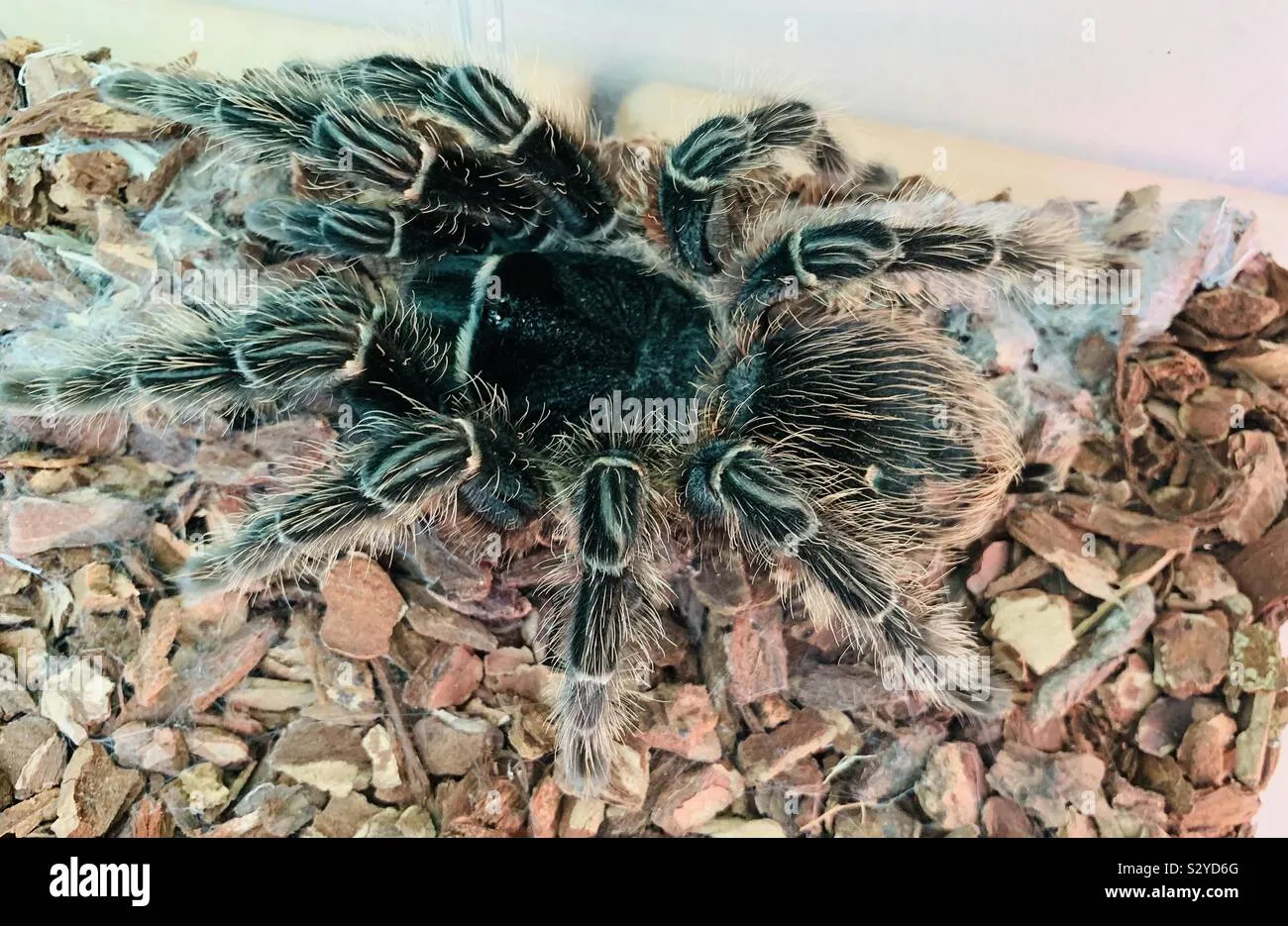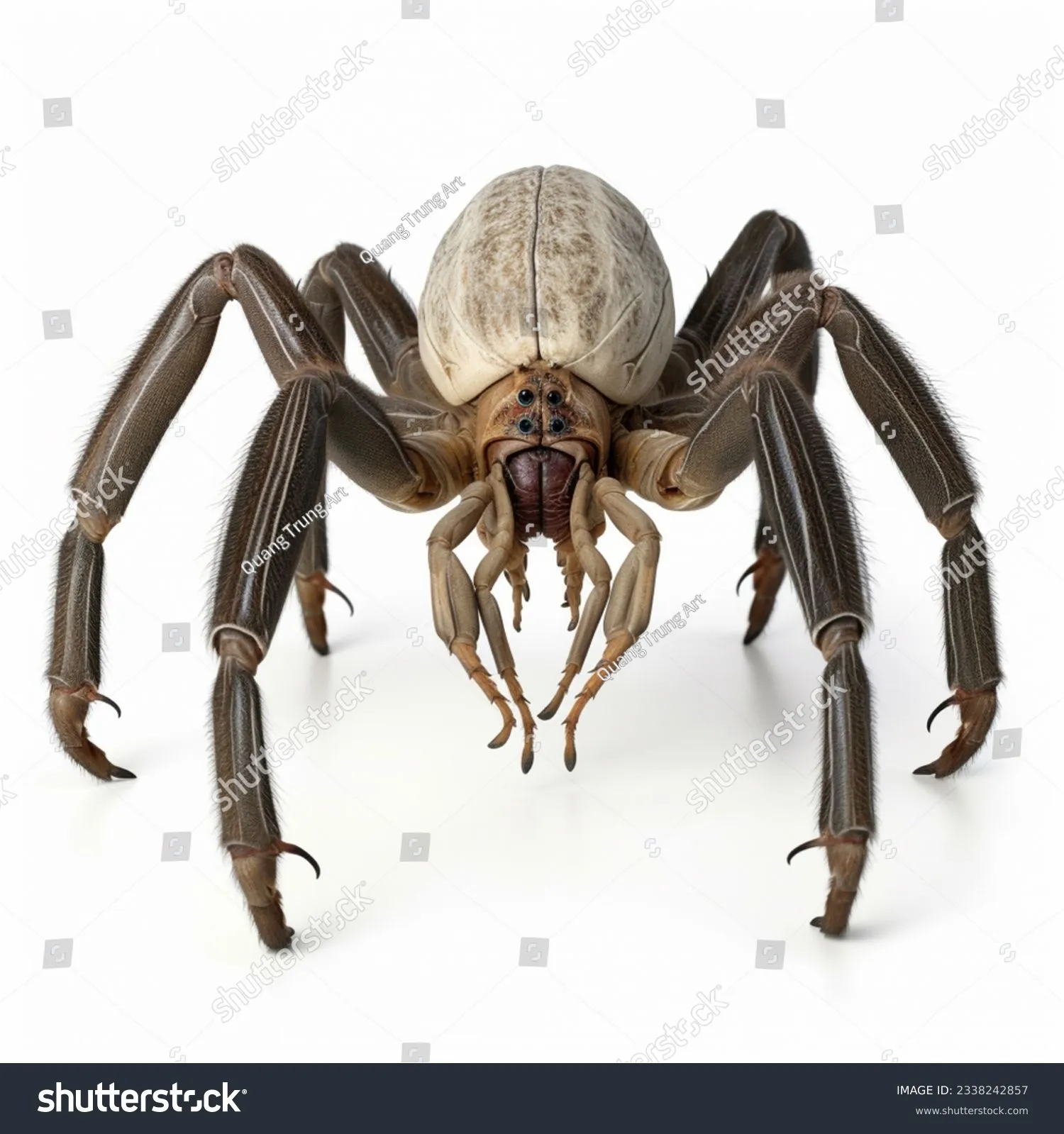Bird Eating Tarantula vs Bird: Size Overview
The dramatic image of a tarantula feasting on a bird has captured the imagination, but how does the size of these creatures compare? The term “bird-eating tarantula” (Theraphosa blondi) often evokes images of enormous spiders dwarfing their prey. This comparison delves into the actual sizes of these fascinating creatures, dispelling myths and providing a clear understanding of their physical dimensions. This guide will explore the varying sizes within both the tarantula and bird families, the factors affecting their growth, and a visual comparison to provide a comprehensive perspective. Understanding the size disparity is crucial to appreciating their ecological roles and the rare instances of predation.
Bird Eating Tarantula Size
Bird-eating tarantulas, specifically the Theraphosa blondi, are among the largest spiders in the world. Their size is often a significant factor in their ability to prey on small vertebrates. This section will provide a detailed analysis of the size of these arachnids, including the variations found within the species and the characteristics that contribute to their impressive size. Understanding the size of tarantulas is key to understanding their predatory behavior and their place in the ecosystem. The average size can vary significantly, making it essential to consider various factors.
Species and Size Variation

Within the bird-eating tarantula species, there can be size variations. This is mainly due to the spider’s sex, age, and general health. Males are typically smaller than females, especially after their final molt. Moreover, the size of a tarantula is an indicator of its age. The bigger the spider, the more likely it is to be an adult. Different populations of the same species may also exhibit size variations depending on environmental factors. These variations highlight the complexity of assessing their overall size.
Factors Influencing Size
Several factors influence the size of a bird-eating tarantula. These include diet, environmental conditions, and genetics. A consistent and nutritious diet, including insects and small vertebrates, is crucial for optimal growth. The temperature and humidity of their environment also play a vital role, as they affect the tarantula’s metabolism and molting process. Genetics also play a role, and some individuals may naturally be larger than others within the same species. A combination of these factors determines how large a tarantula grows.
Average Sizes
The average bird-eating tarantula, Theraphosa blondi, has a leg span that can reach up to 12 inches (30 cm). Their body length can be around 4 inches (10 cm) or more. However, the exact size can vary. Some individuals may exceed these measurements, making them even more impressive. These dimensions are based on a fully grown adult, and the size will be smaller in younger or less developed spiders. These measurements are what make these tarantulas some of the largest in the world.
Bird Size

Birds vary greatly in size, from tiny hummingbirds to large eagles and ostriches. The size of a bird is a critical factor when considering the potential for a tarantula to prey on it. Here’s a detailed look at the sizes of different birds, including the species commonly targeted by bird-eating tarantulas. The range of sizes demonstrates the diversity of the avian world, and it helps explain the rarity of these events.
Common Bird Species
Bird-eating tarantulas typically prey on small birds, such as hummingbirds, small finches, and other nestlings. These birds are more vulnerable due to their size and relative defenselessness. Larger birds such as ducks and geese are not typically preyed upon by tarantulas. The selection of prey depends on the tarantula’s size and the bird’s availability and behavior. The diet mainly consists of insects and small invertebrates, but small birds can also become a meal.
Size of Birds
The size of birds is incredibly diverse. The smallest birds, like the bee hummingbird, are just a few inches long, while larger birds like eagles can have wingspans of several feet. The birds that are susceptible to tarantula predation are typically smaller, with a body length of around 4 to 6 inches. Therefore, it is essential to consider the size of the bird to understand whether it can be a potential prey for the tarantula. The average size of a hummingbird is around 3 to 4 inches.
Size Comparison Bird vs Tarantula

Comparing the sizes of bird-eating tarantulas and birds reveals a significant disparity. Even the largest tarantulas are generally smaller than most adult birds. Understanding these differences is crucial for appreciating the rare circumstances in which these spiders prey on birds. Visual comparisons and detailed assessments of their relative dimensions provide a clear picture of the size relationship between the predator and its potential prey.
Visual Size Differences
Visually, the difference in size between a fully grown bird-eating tarantula and a small bird is often striking. While the tarantula has a large leg span, its body is usually smaller than that of a small bird. The leg span, however, can make the spider appear larger and more imposing. Pictures and videos of these interactions often highlight the size differences, making the predation events memorable. The visual comparison gives context to their interactions.
Detailed Comparison
A detailed size comparison involves considering both body length and leg span of the tarantula against the length and wingspan of the bird. The bird’s size varies considerably depending on the species, while the tarantula’s size is more predictable. This comparison demonstrates that, while tarantulas are large spiders, the birds they prey on are generally small. The size difference suggests that predation is only possible under specific circumstances, such as when the bird is a nestling or injured.
Diet and Predatory Behavior

The diet and hunting strategies of bird-eating tarantulas are essential in understanding how they interact with birds. The predation of birds is not a frequent occurrence. The usual diet consists of insects and other invertebrates, and birds only form a small part of the tarantula’s diet. The following section will explore tarantula hunting tactics and how birds may occasionally become victims.
Tarantula Hunting Strategies
Tarantulas are ambush predators, meaning they wait for prey to come within striking distance. They have venomous fangs that they use to subdue their prey. The tarantula will inject venom to paralyze the prey, then inject digestive enzymes to liquefy the prey’s internal organs. The hunting strategy is crucial for their success in capturing prey. Their web is also important to ensnare the prey, but they may also hunt on the ground. The spider’s size plays a critical role in its hunting abilities.
Bird Predation by Tarantulas
Bird predation is a rare event, usually involving nestlings or injured birds. The tarantula will typically attack the bird when it’s vulnerable and unable to escape. The tarantula’s powerful venom and fangs are sufficient to immobilize the prey. The evidence of bird predation by tarantulas comes from direct observation in the wild. The frequency is not high and varies by species and habitat. The birds are usually much smaller than the tarantula and cannot put up any defense.
Habitat and Geographic Range

The habitat and geographic range of both bird-eating tarantulas and birds influence their interactions. Understanding where these creatures live helps explain the potential for encounters and predation events. The following sections will discuss the typical habitats of both, helping to determine the regions where such interactions are most likely to occur.
Where Tarantulas Live
Bird-eating tarantulas are primarily found in the rainforests of South America. They are terrestrial spiders that typically live in burrows or beneath logs and rocks. The humid and warm environment of rainforests provides an ideal habitat for these spiders. Understanding their habitat is vital to assess their role in the ecosystem. The specific location also influences the types of prey available. The natural surroundings have a direct influence on their size and behavior.
Where Birds Live
Birds can be found worldwide, occupying diverse habitats. The distribution of birds that are potentially prey for bird-eating tarantulas is restricted to the same regions as the spiders. This includes the rainforests and other similar areas where the two may interact. The habitat requirements vary considerably across different bird species, but small birds typically build nests in trees, bushes, or on the ground. The shared environments increase the likelihood of interactions.
Conclusion

Comparing the size of bird-eating tarantulas and birds reveals a fascinating dynamic. While the tarantulas are among the largest spiders in the world, the birds they prey on are typically small and vulnerable. The size comparison highlights the rare nature of these interactions and emphasizes that the tarantula’s hunting success depends on factors such as the bird’s vulnerability and the tarantula’s hunting capabilities. Understanding these relationships gives a better appreciation of the biodiversity and ecological interactions in the world.
